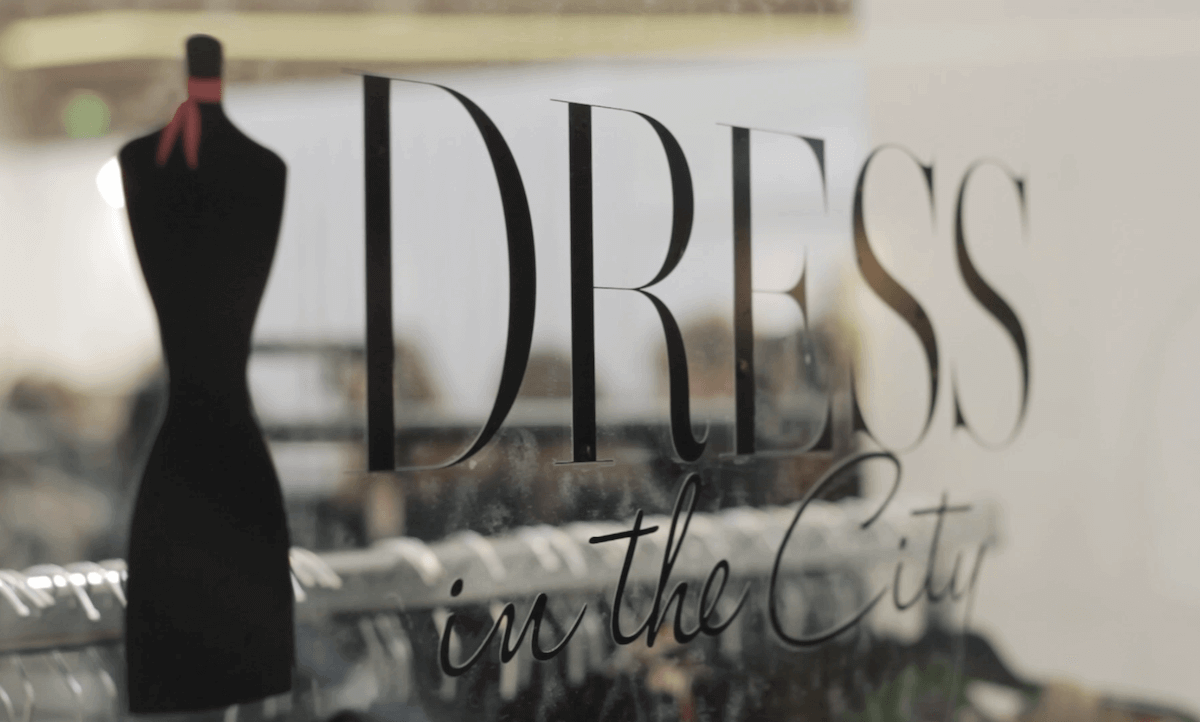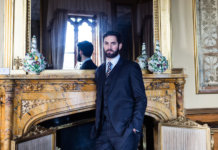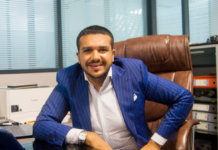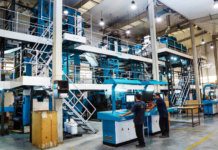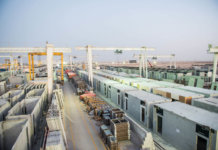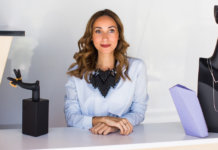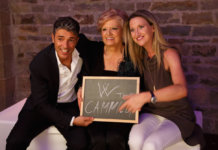For some, the ease and convenience afforded by new technologies has made this online era the golden age of shopping. Many others however, argue that nothing beats the euphoria of seeing the perfect item on the rack and being able to feel it in your own hands and try it on before you commit to buying it.
Ask French businessman Antoine Leloup and he’d tell you, why not have both? Leloup is the founder and CEO of Dress in the City, a fashion/tech company that has in-person events, so far in pop-up stores in shopping malls, where customers can shop for second-hand clothing. What makes this venture unique is that once there, the transaction plays out exactly as it would online. There are no cashiers and no money is exchanged in person.
By applying the RFID technology used in retail antitheft devices to ease transactions from online to offline has laid the fundamentals for Dress in the City. The information that the RFID chips can provide may just revolutionise the fashion retail industry.
Antoine discussed with Tharawat Magazine his early days in the fashion world, what it is like to deal with digital and offline consumers, and the possibilities for the retail industry.

Antoine, how did you come to build this company?
I used to work 14 years in retail at the Kering Group and my two last assignments were to create and develop new businesses for them. I created a retail chain store for furniture and electronics between 1998 and 2001 in Taiwan, at the time when digital was nonexistent, or it was at least the very early days of digital. In 2001, I became the COO of a 6 months old software company Kering invested in. I was based in San Francisco, developing leading edge new collaborative purchasing and supply chain applications for large retail groups. That was my foray into the digital business. When I went back to France in 2005, I co-founded an e-commerce company called BrandAlley. I developed that company for eight years, taking it from zero to a €110 million company.
Did that experience directly lead to Dress in the City?
My takeaway from that experience was that the future for ecommerce pureplayers is going to belong to global players as Amazon, but that successful business models could still be found when creating unique combined physical and online customer experiences. So in 2014, I started to think of my next company. I wrote down a grid of analysis that I wanted my new concept to meet. What I realised was it definitely had to be something that involved both a physical and digital space. A mobile and scalable concept that I could develop and incubate in France and, in turn, expand internationally. By the end of 2014, I met a private equity firm who invited me to invest in a technology company called Exaqtworld which created an antitheft device that you put on clothing in a retail store. This technology company invented connected antitheft which integrated an Radio-frequency identification(RFID) chip inside. So that was the starting point for Dress in the City which is basically a B2C application of this technology.
How does Dress in the City work?
Dress in the City is a second-hand fashion retail experience. It permits you to sell your second-hand clothes to others, from your smartphone or from a website. Someone from Dress in the City will come and pick-up your clothes at your home. All those items are sold online or through pop-up store events. During those events you walk in, scan what you like, pay for it on your phone, and walk out with your purchase. You can also purchase online through an e-commerce site and an app available on your mobile phone. The clothes purchased are delivered to your home or alternatively, you can come to one of our pop up events and pick them up there. We are able to track all of this through the RFID technology that also keeps us informed of stock and sales volume. It’s a truly new shopping experience which is answering two current consumer needs: the increasing demand for second-hand clothes, and the ease of a fluent experience between online and offline shopping.
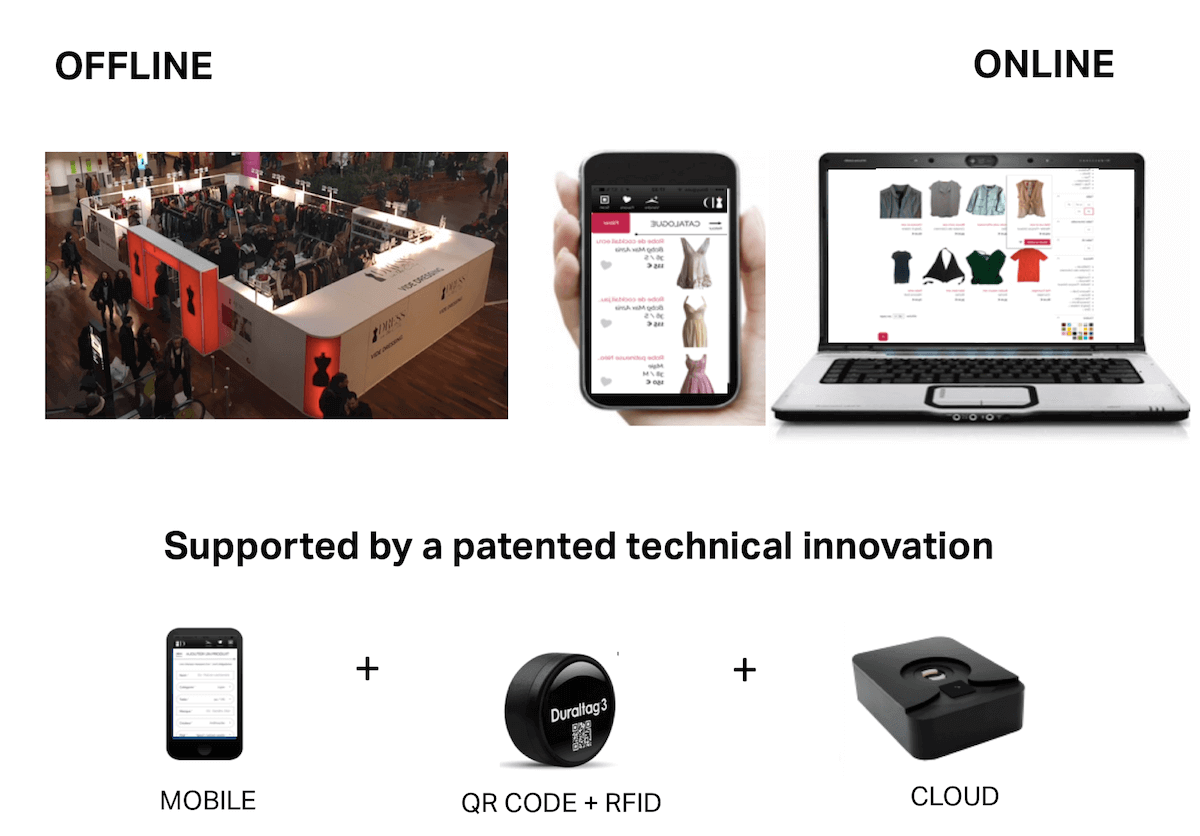
How did you go about scaling this idea?
2014 is when I got the idea. I had joined Exaqtworld early 2015, the technology company, and we started to incubate Dress in the City by the middle of 2015, recruiting Florence Faure as a Managing Director. Florence comes from fashion and the digital world. We did our first event, it was like a proof-of-concept event, at the end of 2015. That was a pop-up store in a shopping mall. We took it to one of the Europe’s leaders in shopping malls and they fell in love with the concept. Why? Because it’s not just a new and innovative commercial concept. For them, it was a way to create a new service for the customer and to do some big business which would entice people to come back to the mall. We did modestly through September of last year and it’s quite recent, since December 2016, that we are scaling up. We have 30 unique events planned for this year. One event lasts 10 days in a shopping mall. Each event attracts up to 30,000 visitors in our pop-up store, so it was highly effective.
Where have you seen your biggest audience in terms of age and in terms of geography?
Right now, Dress in the City is limited to France. Although our company is still very young, we’ve already been contacted by retailers and shopping malls very interested in the concept. We’ve had some discussions to launch Dress in the City with some international partners. The customer experience is really amazing. When you see women entering our shop, they very quickly get the concept. If you ask them ‘Are you lost, how do you feel about buying on your smart phone etc.’ they all say at first they were surprised, it’s not something they’re used to but they really like it. It makes them feel they are very independent in the store. There’s no waiting in line at the cashier because there is no cashier in the store. It’s as if you’re buying online but in the store.
Do people still want that interaction with sales people, helping them pick out things? What is the customer service aspect that you still have within the pop-up store that remains something that’s off-line?
We have really built the concept around the customer and that’s why for me, it’s very important to have the physical contact. I truly believe you can build a very successful business if you know everything about your customer. For the digital world, that’s where you can really create a physical interaction. It’s fairly basic, really. We hire someone in our store to go and meet our visitors. They simply approach customers carefully, because we don’t want to annoy them, and get information from them. To our surprise, our testing showed the most productive way to get email addresses is just to ask for them. When we ask if they would like to receive notices of events or to receive our newsletter, 100% of the people say yes. I’ve never experienced that before.
[ms-protect-content id=”4069,4129″]
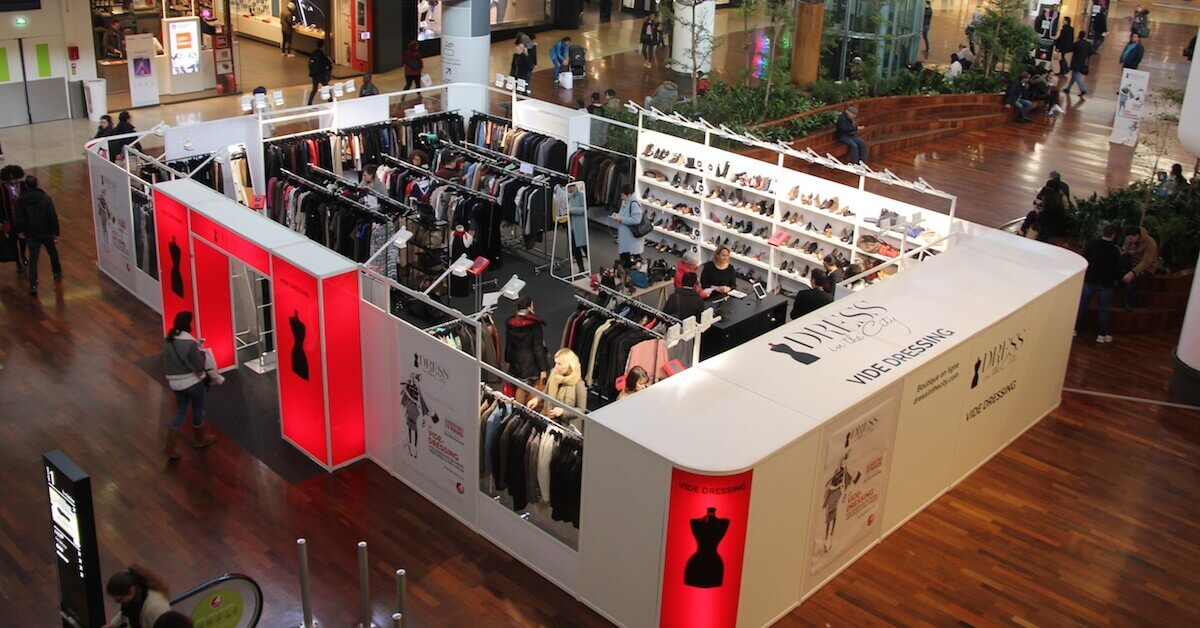
How is the information you gather through the technology helping you as an entrepreneur to generate more sales?
Here’s one example. Leveraging the RFID technology, we developed a stand that provides to the customer a variety of information when you approach a product besides it. From doing a 10-day event, we’ll get 10,000 interactions with products in our store with those stands. That is a huge amount of information and data we can gather. So if you see your product is handled a lot by customers but not being sold, then you need to do something. It could be a problem with the price. This is how we can create a new experience and get more information. This allows us to really leverage on the customers and visitors who come to the store.
We know the challenge that established retail brands are facing in making a transition to a digital strategy. Why do you think the transition seems to be so difficult for many establish retail spaces and what is your main advice to a retail brand that has been around for a few decades?
Well it’s easy for us to do what we are doing today because we are a start up company and we integrated the RFID technology since day one, whereas many retailers are still struggling to make it work. So my advice for those retailers who are still challenging RFID is to keep trying and running pilots; RFID really works, and there are different ways to make it work. My other advice is to learn how to be more agile and build an entrepreneurial and “test and learn” mindset within large organizations. There are different ways to learn or develop such mind set. As an example, we participated in an innovative exchange program and welcomed a key manager from the L’Oréal Group to spend a few months with us, to learn how a start-up works. To understand, to see what can be applied within their group. As a start-up, we did greatly benefit from the experience from this manager. It is a win win. I think there will be more and more examples of building bridges between start ups and large groups as we all tackle the changing requirements of consumers.
[/ms-protect-content]


